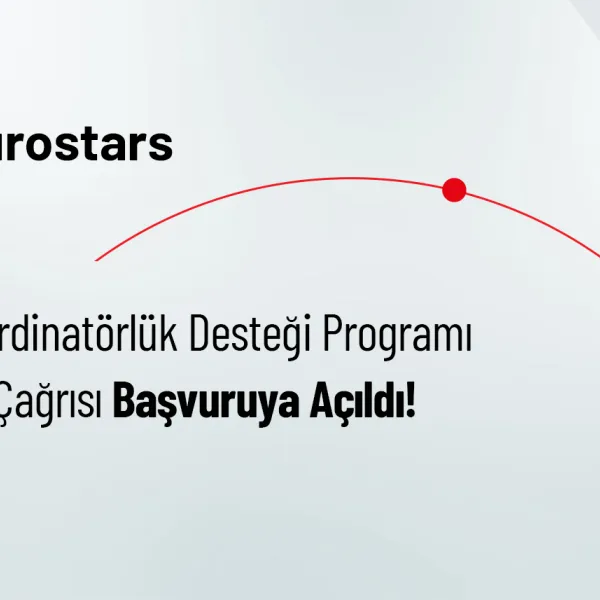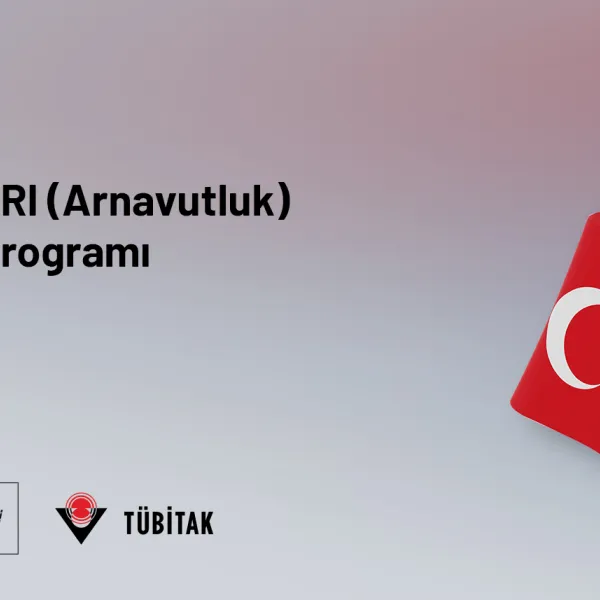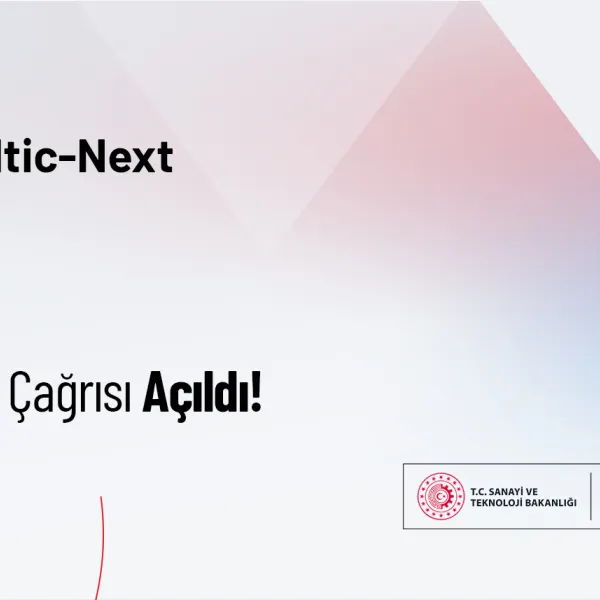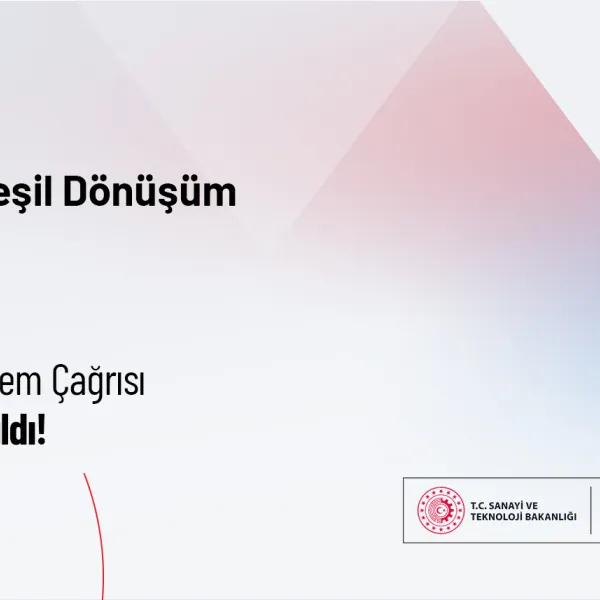
Progress towards increasing the R&D intensity
The most recent figures for Turkey on R&D intensity are 0.85% for 2009, which represents a noticeable increase compared to the value in 2000. Over the period 2000-2009, the Gross Domestic Expenditure on R&D (GERD) in Turkey experienced an average annual real growth rate of 10.1%, which is the fourth highest growth rate in Europe. Although Turkey’s R&D intensity is still far below the EU average, Turkey is in a positive catchingup process. In 2009, business expenditure on R&D (BERD) in Turkey actually increased by 6.1%.
The National Science, Technology and Innovation Strategy 2011-2016 (UBTYS 2011-2016)
The National Science, Technology and Innovation Strategy 2011-2016 (UBTYS 2011-2016) was adopted in December 2010 by the Supreme Council of Science and Technology. The strategy focuses on human resources development for science, technology and innovation, transformation of research outputs into products and services, enhancing interdisciplinary research, highlighting the role of SMEs, R&D infrastructures and international cooperation. Besides these horizontal aspects, automotive, machinery and production technologies, ICT, energy, water, food, security and space were determined as focus areas. In line with this, the strategy puts special emphasis on keeping the balance between focused areas and bottom-up research.
Research and Innovation Performance
Turkey has a specific relative strength in the quality of its scientific production, with 6.9% of its scientific publications among the top 10% most cited worldwide.
Turkey improved at a higher rate than the other countries with a comparable industrial structure and knowledge capacity, in particular in human resources for research and innovation.
Over the period 2000-2008 Turkey considerably improved knowledge transfer from public research to business enterprise, as measured by the public sector expenditure on R&D financed by business enterprise as % of GDP. This is particularly important given the relatively good performance of Turkey in scientific quality output.
Participation in the European Research Area: Scientific and Technological collaborations
The report shows that Turkey is modestly integrated in the European scientific co-publication networks and it holds a very marginal position in the main technological cooperation networks (as measured by co-patenting).
The main scientific partner countries are the larger European countries in terms of research investments, i.e. Italy, France, the United Kingdom and Germany. As a difference from the technological cooperation, co-publications are intensive with almost all EU Member States and with some other Associated countries. However, the integration of Turkey in European S&T networks may improve in the coming years given the relatively high trans-European mobility of Turkish students, and in particular in their participation in European mobility instruments such as the ERASMUS student mobility scheme.
For the report: IU Competitiveness Report 2011-Turkey





